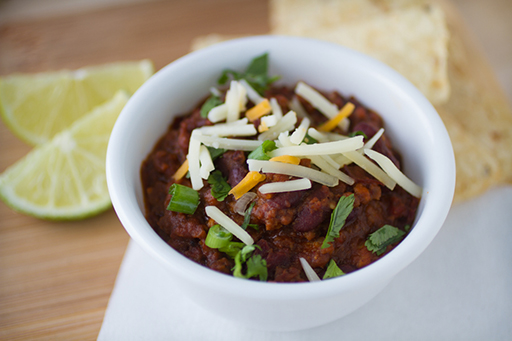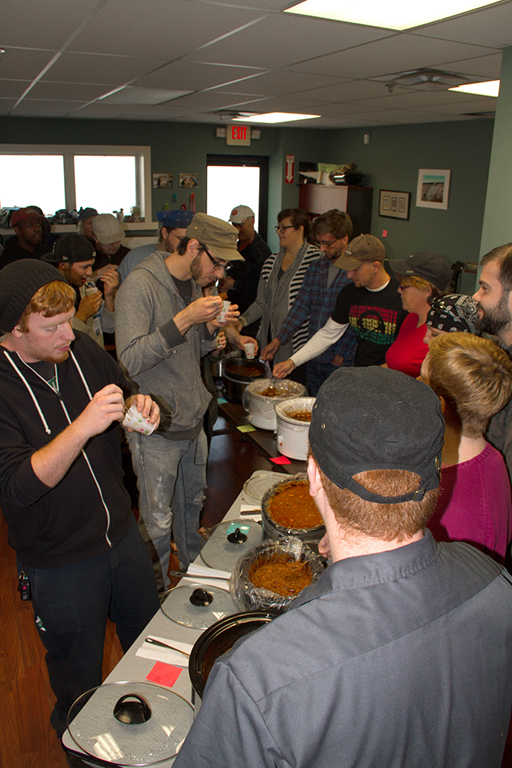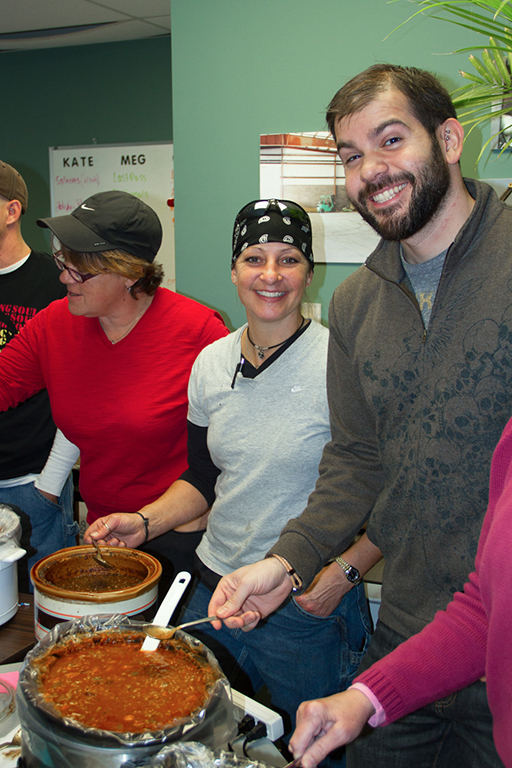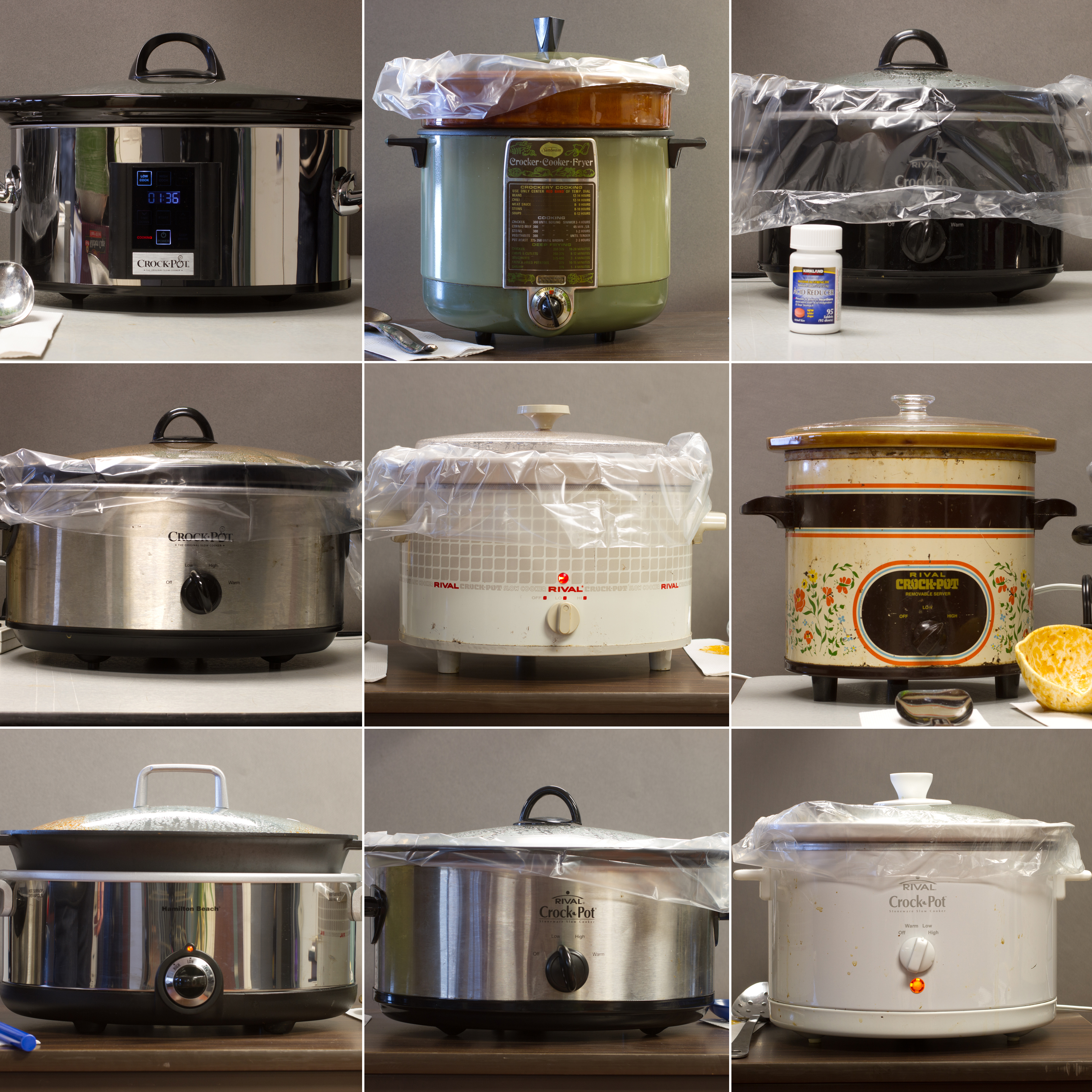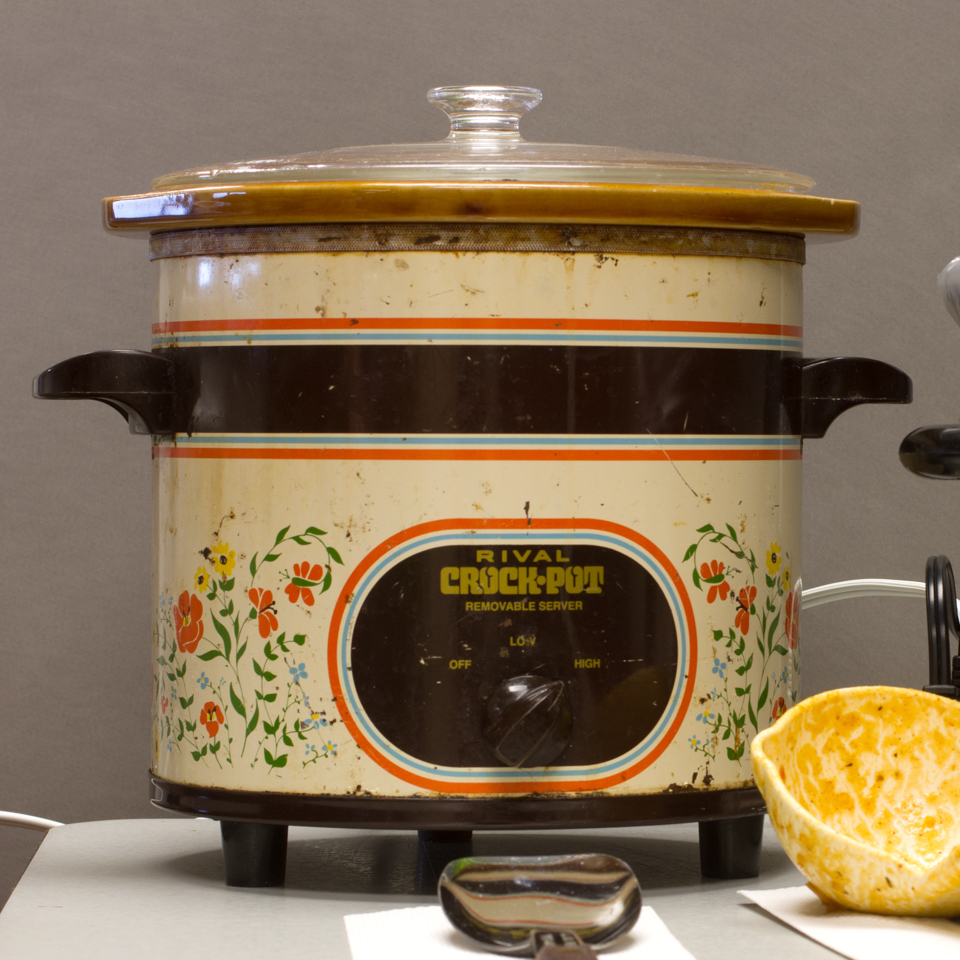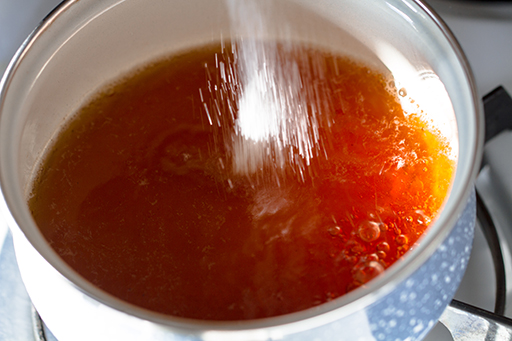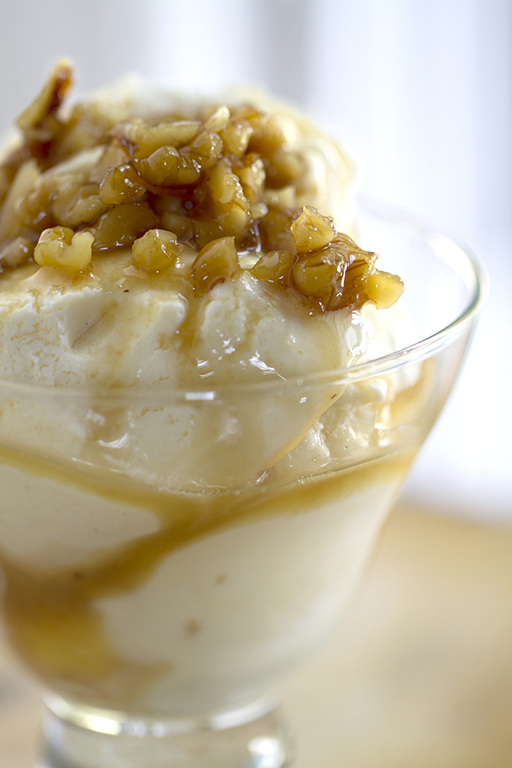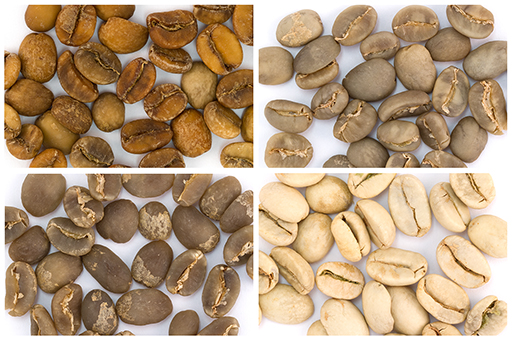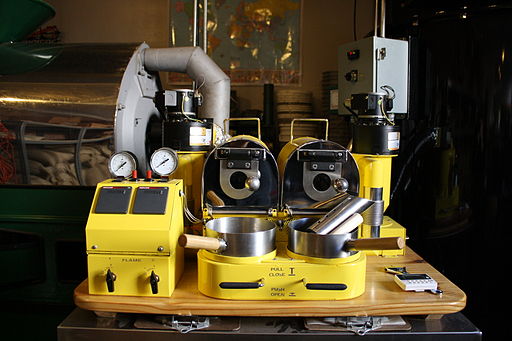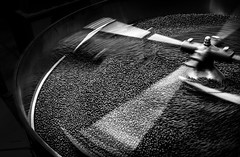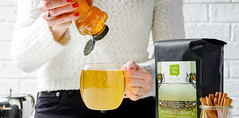How to Brew Coffee
Tuesday, November 5th, 2013 by Andrew
Who doesn’t know how to make coffee? Whether you’re interested in brewing the best tasting cup or you just need a stimulant in your system as soon as possible in the morning, most of us figure out how to make drinkable coffee at home. Most of us have also wondered at some point why the same coffee we make at home tastes better when we eat out or at a friend’s house. Or we wonder why whatever we’ve been doing for the last few years suddenly doesn’t do it for us anymore.
When I first started working here, keeping the coffee brewing in our office was a task that gave me secret anxiety. Making coffee is easy, right? I’ve been doing it every morning since I was a child, but maybe I’d been doing it wrong all along. Our office coffee makers are nothing fancy, but I noticed that this coffee was different, not like the sawdust I was used to using heaps of. My first few attempts were definitely off. I wasn’t sure who I was anymore.
Since then, countless customer emails and phone calls have taught me that many life-long coffee lovers are struggling with disappointment at home. Often, one variable changes and the magic ratio of coffee to water that has always worked suddenly doesn’t. Sometimes the explanation is obvious — your coffee is stale. Sometimes the source of the problem is harder to pinpoint. Maybe your grinder blade is getting dull, or your water is the wrong temperature. It’s not exactly complicated, but small changes make a big difference.
There are many ways to brew a pot of coffee, each with its virtues and devotees. Most have been around forever because they can deliver a great-tasting cup if you do it right. That means using fresh coffee (fresh-roasted and freshly brewed), the right grind and amount, good-tasting water, and a clean machine. Whether you’re trying something new or you want to get more out of your old brewer, this infographic from our graphic designer Jenn makes it easy.
Who doesn’t know how to make coffee? Whether you’re interested in brewing the best tasting cup or you just need a stimulant in your system as soon as possible in the morning, most of us figure out how to make drinkable coffee at home. Most of us have also wondered at some point why the same coffee we make at home tastes better when we eat out or at a friend’s house. Or we wonder why whatever we’ve been doing for the last few years suddenly doesn’t do it for us anymore.
When I first started working here, keeping the coffee brewing in our office was a task that gave me secret anxiety. Making coffee is easy, right? I’ve been doing it every morning since I was a child, but maybe I’d been doing it wrong all along. Our office coffee makers are nothing fancy, but I noticed that this coffee was different, not like the sawdust I was used to using heaps of. My first few attempts were definitely off. I wasn’t sure who I was anymore.
Since then, countless customer emails and phone calls have taught me that many life-long coffee lovers are struggling with disappointment at home. Often, one variable changes and the magic ratio of coffee to water that has always worked suddenly doesn’t. Sometimes the explanation is obvious — your coffee is stale. Sometimes the source of the problem is harder to pinpoint. Maybe your grinder blade is getting dull, or your water is the wrong temperature. It’s not exactly complicated, but small changes make a big difference.
There are many ways to brew a pot of coffee, each with its virtues and devotees. Most have been around forever because they can deliver a great-tasting cup if you do it right. That means using fresh coffee (fresh-roasted and freshly brewed), the right grind and amount, good-tasting water, and a clean machine. Whether you’re trying something new or you want to get more out of your old brewer, this infographic from our graphic designer Jenn makes it easy.


